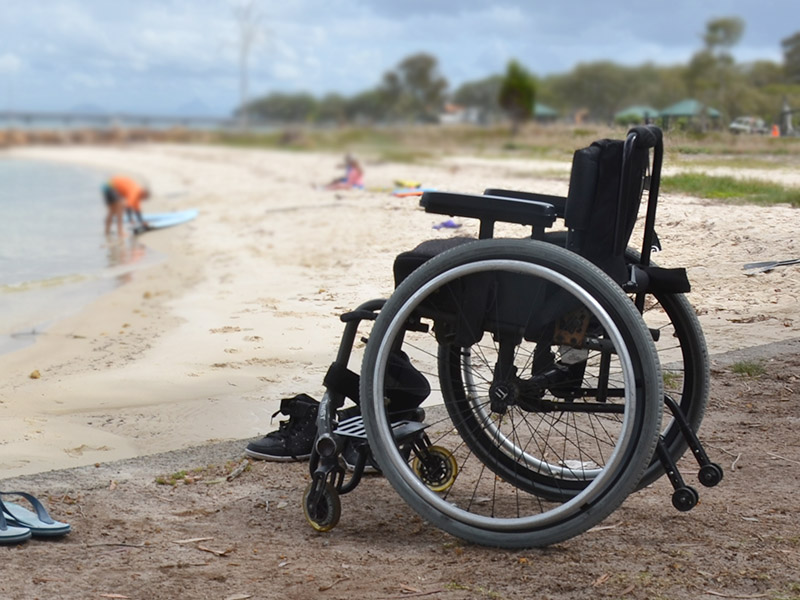Quick Guide to Wheelchair Cushions
Anyone who needs to use a wheelchair long-term should also be using a cushion on their wheelchair, due to impaired mobility, sensation, or both. Wheelchair cushions reduce the risk of developing a pressure injury and provide postural support. If the user doesn't have impaired mobility or sensation, a cushion will at least improve the comfort of the wheelchair. The levels of pressure redistribution and postural support vary a lot between different types of cushions. These two factors are the first that I consider when choosing cushions to trial. The table below is a very basic comparison of the different types of cushions. It's my general opinion, formed over several years of prescribing cushions for wheelchair users. It's not an all-inclusive list, just the cushions I've come across most often. I intend to add more to this table as I become familiar with a wider range.
| High-level Pressure Redistribution | Moderate Pressure Redistribution | Basic Pressure Redistribution | |
|---|---|---|---|
| High-level Postural Support | Jay J2 range, Jay J3 range, ROHO Hybrid Elite |
ROHO Nexus SPIRIT, ROHO Harmony, Varilite Evolution |
|
| Moderate Postural Support | ROHO Quadtro Select, ROHO Dual Valve |
Ottobock Cloud, Varilite Meridian, EquaGel General |
Contoured Foam (e.g. ROHO Airlite, Invacare Matrx PS, Jay Zip), Stimulite Contoured |
| Basic Postural Support | ROHO Single Valve | ROHO Mosaic, Action Gel |
HEAPS in this category! Block of Foam (e.g. Jay Basic, Ottobock Combifoam, Invacare Matrx Absolute) Stimulite Classic & Slimline, Varilite Zoid PSV, Basic Fibre-filled Cushions… |
To assess the level of pressure redistribution the user needs in a cushion, I would do a recognised assessment such as a Waterlow Scale, or an informal assessment. Either way, main factors to consider include duration of sitting (mobility), history of pressure areas, general health, amount of "bottom padding" (someone who is very bony or very overweight generally has higher risk), and skin integrity.
To assess the level of postural support/adjustment required, I would consider balance, core strength, symmetry (scoliosis, pelvic obliquity, pelvic rotation), sitting posture when unsupported (if possible). If the user sits asymmetrically I would generally look at prescribing one of the cushions I've listed in the high-level postural support category because most of them are relatively easy to customise to suit the users needs. For someone who tends to sacral sit (C-curve of the back), a wedge under almost any cushion to bring their knees up relative to their hips is worth a try.
Other factors to consider when choosing a cushion include:
- Incontinence: look for a waterproof, easy to clean cover; make sure you get a spare cover, or consider a cushion design that's very easy to clean, such as the Stimulite or Equagel.
- Weight: for someone who has spent a lot to purchase an ultra-lightweight wheelchair, consider avoiding a heavy gel cushion. Likewise, if the user will be lifting the cushion on and off the chair regularly (e.g. for transporting in the car).
- Maintenance & Durability: Some cushions require regular maintenance and monitoring to check they are working optimally (e.g. ROHO), whereas others just need the cover washed occasionally. Choose a cushion that the user(s) can manage.
The most important thing in choosing a cushion is to try it out! Having the user trial it, even for a few minutes, can save a lot of time down the track.

The right wheelchair with the right cushion can bring freedom
What other factors have impacted on your cushion choices? Leave a comment…